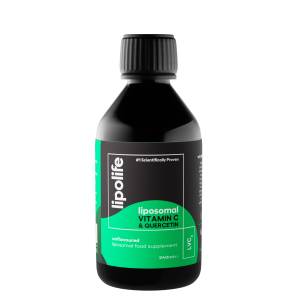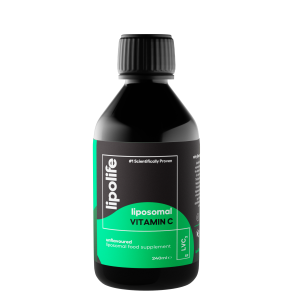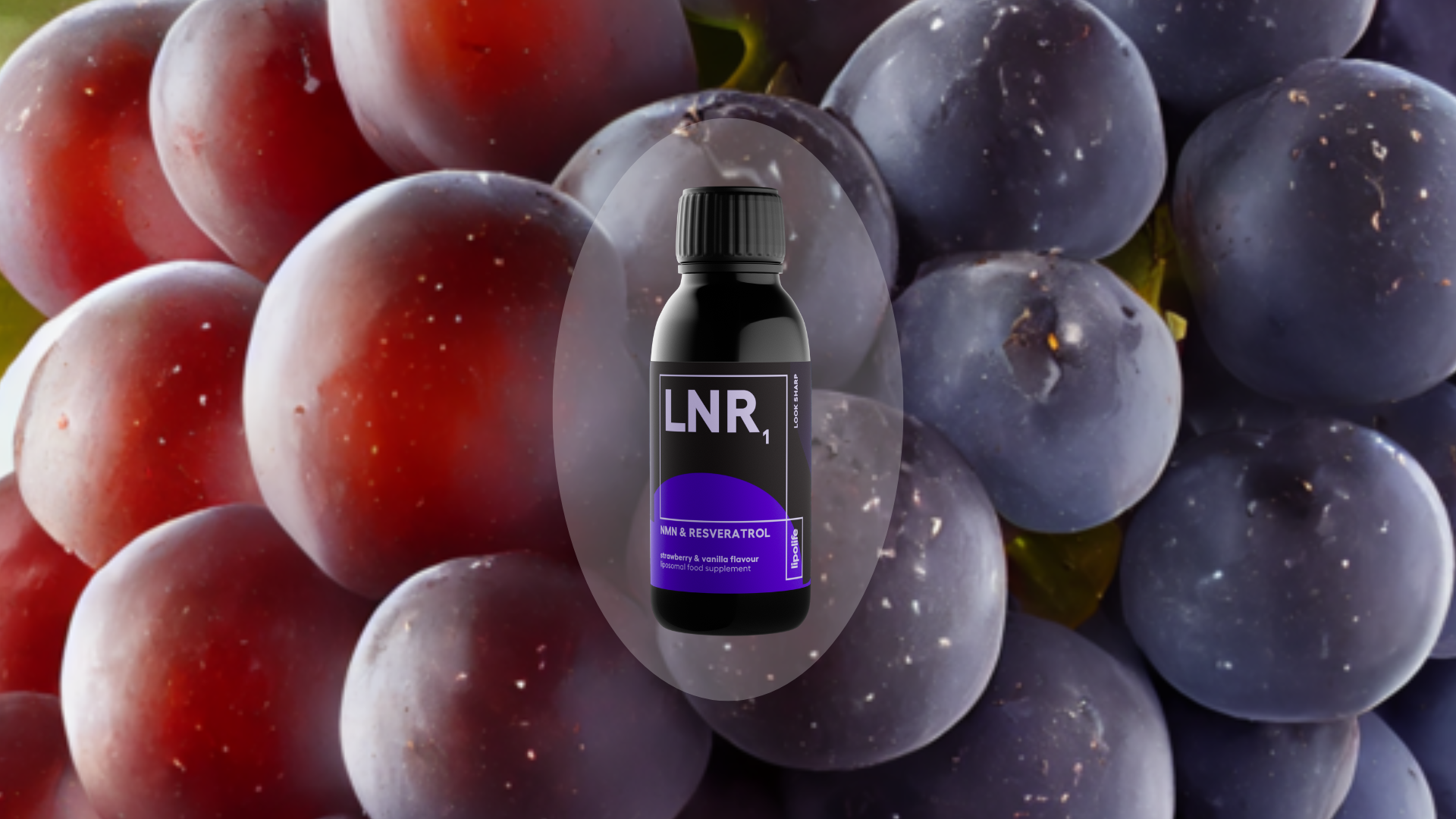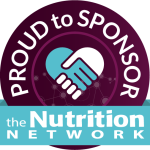Hay Fever and Histamine
Date

Hay fever, also known as allergic rhinitis, is an allergic reaction triggered by the immune system’s response to specific allergens, typically pollen, dust mites, or pet hair. Histamine plays a central role in the development of hay fever symptoms.
When an individual with hay fever is exposed to an allergen, such as pollen, the immune system recognises it as a threat and releases antibodies called immunoglobulin E (IgE). IgE antibodies bind to mast cells and basophils, which are specialised immune cells found in the respiratory system and other tissues.
Subsequent exposure to the same allergen, results in the allergen binding to the IgE antibodies on mast cells and basophils. This triggers the release of a variety of substances, including histamine, from these cells. Histamine acts as a potent mediator of allergic responses, contributing to the characteristic symptoms of hay fever, including:

1. Sneezing: Histamine causes irritation and inflammation of the nasal passages, leading to frequent sneezing.
2. Runny or Blocked Nose: Histamine increases blood flow to the nasal tissues and causes the blood vessels to become more permeable, resulting in a runny or congested nose.
3. Itchy and Watery Eyes: Histamine can cause itching and watering of the eyes by affecting the blood vessels and nerves in the eye tissues.
4. Itchy Throat and Cough: Histamine can irritate the throat, leading to itching and a persistent cough.
5. Fatigue and Malaise: Histamine release can contribute to a general feeling of tiredness and malaise.
By targeting histamine receptors in various tissues, histamine is primarily responsible for the acute inflammatory response seen in hay fever. Antihistamines are commonly used to alleviate hay fever symptoms by blocking histamine receptors and reducing the effects of histamine.
It is important to note that hay fever is not solely driven by histamine, and other inflammatory mediators and immune responses also play a role. Nonetheless, histamine’s involvement is significant, and antihistamines are an essential component of hay fever management.
Histamine beyond Hay Fever
Understanding Histamine: Reactions, Foods, and Considerations
Histamine is a vital compound in our bodies which plays a crucial role in the immune response, acting as a signalling molecule but it can cause adverse reactions in some individuals. Histamine intolerance or sensitivity can lead to various uncomfortable symptoms. By understanding histamine-rich foods, adopting a low-histamine diet, and considering other relevant factors, individuals with histamine-related issues can effectively manage their symptoms and improve their overall well-being.
Histamine Reactions
Histamine reactions occur when the body produces or releases an excessive amount of histamine, or when it has difficulty metabolising histamine properly. Some people are more sensitive to histamine, which can trigger a variety of symptoms. The most common histamine reaction is known as histamine intolerance or histamine sensitivity.
Histamine Intolerance Symptoms:
1. Headaches and migraines
2. Flushing and hives
3. Itchy or red skin
4. Runny or congested nose
5. Digestive issues (nausea, vomiting, abdominal pain, diarrhoea)
6. Asthma and difficulty breathing
7. Irregular heartbeat
8. Fatigue and drowsiness
9. Anxiety and irritability
Histamine-Rich Foods
Certain foods contain naturally high levels of histamine or can trigger a histamine release in the body. It is essential to be aware of these foods if you experience histamine intolerance or sensitivity. Here are some common histamine-rich foods:
1. Fermented Foods: Sauerkraut, kimchi, yogurt, kefir, kombucha, pickles, and aged cheeses (e.g., blue cheese, cheddar, Parmesan).
2. Cured and Aged Meats: Salami, pepperoni, bacon, ham, and sausages.
3. Shellfish and Fish: Tuna, mackerel, sardines, anchovies, shrimp, and crab.
4. Fermented Beverages: Wine, champagne, beer, and cider.
5. Vinegar and Pickled Foods: Vinegar, mayonnaise, olives, and relishes.
6. Dried Fruits: Raisins, prunes, apricots, and figs.
7. Citrus Fruits: Oranges, lemons, limes, and grapefruits.
8. Nuts: Walnuts, cashews, and peanuts.
9. Spinach, eggplant, and tomatoes.
Histamine Considerations
If you suspect histamine intolerance or experience symptoms related to histamine, it is crucial to consult with a healthcare professional for proper diagnosis and guidance. They may recommend certain strategies to manage your histamine levels effectively. Here are some considerations to keep in mind:
1. Low-Histamine Diet: Adopting a low-histamine diet involves avoiding or limiting histamine-rich foods. It may also be helpful to reduce consumption of alcohol, caffeine and foods with additives, as these can trigger histamine release or hinder its breakdown.
2. Fresh Foods: Choose fresh foods over processed or aged ones, as fresh foods are typically lower in histamine content.
3. Food Storage and Preparation: Proper storage and preparation techniques can minimise histamine formation. Refrigerate perishable foods promptly, avoid food spoilage, and cook meals thoroughly.
4. Probiotics and Gut Health: Improving gut health through the use of probiotics and maintaining a balanced gut microbiome can aid in histamine breakdown and reduce histamine-related symptoms.
5. DAO Enzyme: Diamine oxidase (DAO) is an enzyme responsible for breaking down histamine in the body. Some individuals with histamine intolerance may have a deficiency in DAO production. In such cases, DAO supplements can be taken under medical supervision to support histamine metabolism.








